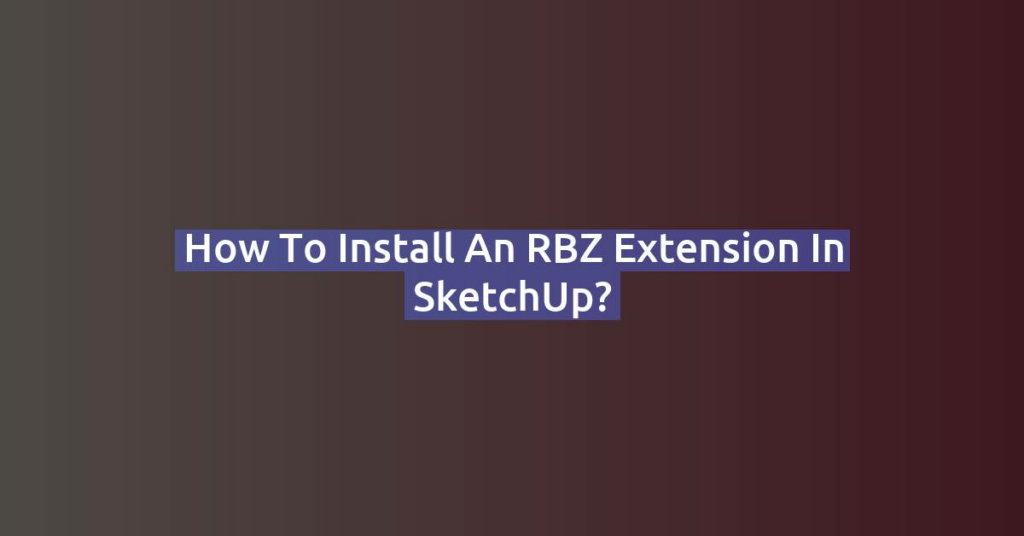Here’s a step-by-step guide on how to 3D print from SketchUp, including tips to ensure your model is ready for printing.
1. Set Up Your Model for 3D Printing
- Set to Metric Units: First, set your model to use metric units (millimeters) if your printer works in those units.
- Go to
Window > Model Info > Units.
- Go to
- Ensure Solid Geometry: To print correctly, your model must be a “solid” with no open edges, holes, or stray lines.
- Pro Tip: Use the
Solid Inspectorextension (in SketchUp Pro) or theSolid Inspector²plugin to identify and fix any errors in the model.
- Pro Tip: Use the
2. Install the STL Exporter Extension
- In SketchUp, STL is the preferred file format for 3D printing, as it’s compatible with most slicers and printers.
- To install the STL Exporter:
- Go to
Extensions > Extension Warehouse. - Search for “SketchUp STL” and click to install.
- Once installed, you’ll see a
File > Export STLoption.
- Go to
3. Check Model Integrity
- Ensure Watertightness: The model needs to be “watertight,” meaning no open edges or gaps. This is essential for the slicer to understand the boundaries of the model.
- Verify Scale and Wall Thickness: Ensure the model’s features are thick enough to print properly. Thin walls might not print if they’re below your printer’s minimum resolution.
4. Export Your Model as an STL File
- Once your model is ready:
- Go to
File > Export STL. - In the Export dialog box:
- Choose your units (typically millimeters).
- Set the file type as
Binaryfor compatibility.
- Click
Export.
- Go to
5. Import the STL File into a Slicer Program
- Open your STL file in a slicer software (e.g., Ultimaker Cura, PrusaSlicer, or other software compatible with your printer).
- In the slicer:
- Adjust Print Settings: Set layer height, infill density, and supports as needed.
- Preview: Most slicers provide a layer-by-layer preview to confirm the print will look as expected.
6. Send the File to Your 3D Printer
- After slicing, the software will export a G-code file compatible with your 3D printer.
- Transfer the G-code file to your printer (via USB, SD card, or direct connection) and start the print.
Tips for Successful 3D Prints from SketchUp
- Use Simple Shapes: SketchUp is great for simpler shapes. Avoid overly complex geometry, as it can cause errors in the print.
- Run a Test Print: If you’re new to 3D printing from SketchUp, run a small test print first to ensure your model is set up correctly.
- Optimize Model Complexity: Remove any unnecessary details that won’t show up in the final print to reduce processing time.
With these steps, you should be able to go from SketchUp design to 3D-printed object!



